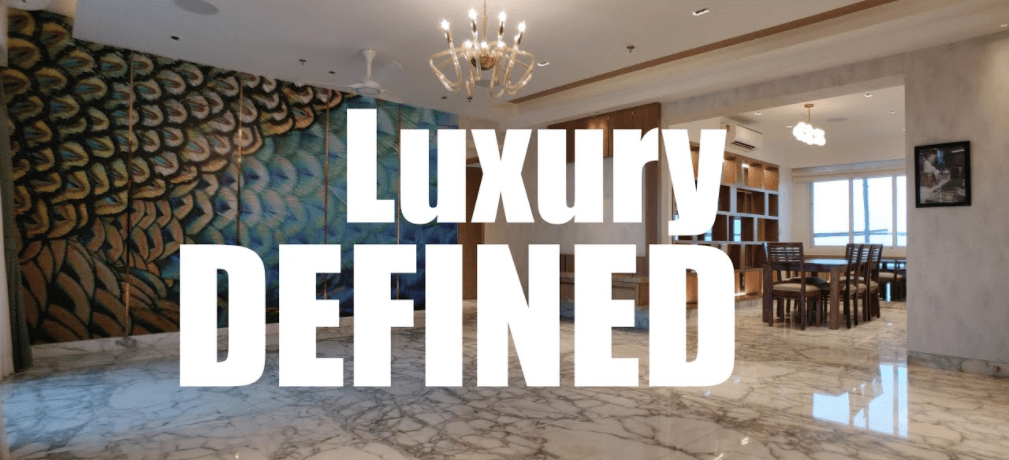Luxury Defined

In today’s world of instant gratification and digital delivery, luxury is hard to define. A century ago, luxury was all about exclusivity. It was the rarest of the rare and the restrictively expensive. Now, modern luxury takes on a new form. It is more accessible, more fluid, and much more attainable than ever before.
This shift in perception and availability has many classical designers confused. How can you possibly bring luxury into your home without breaking the bank? Is it a genuine luxury if it is a high-end piece of furniture from IKEA?
CLASSIC
In years gone by, there was an exclusivity attached to luxury. It wasn’t the material on your items. It was a class. The type that people can only wish they become. Not the type that many can ever achieve.
Apply that notion of luxury to home designs, and a whole new world can be unraveled. Classical 20th-century luxury is that of the Winston Churchill era in Britain. Tall, highly built structures dripped in ornate, sprawling, and bespoke fixtures and fittings all with the backdrop of acres of land filled with other high-class Empirical style buildings. Furniture was exclusively custom-built, with the very best of materials – aimed at giving a certain room or part of a room an extravagant feel more than practical use.
Fashion continued down a similar path to that of home décor and design. One-off pieces designed by the very best of designers are the ultimate definition of luxury. All of this combines to add a level of mystery and class to brands unmatched by those operating on lesser budgets and lesser demands.
MODERN
Yes, we are in a new millennium now and a new way of living. Over-the-top style houses and examples of wealth are almost frowned upon and wished again. Are people still impressed by how rich others are? When it comes to demand and supply, consumers require brands to be much more transparent and open with how they operate. Luxury today is having a certain substance and uniqueness to a piece of clothing or a type of design. The mass-produced luxury brands of old maybe don’t carry the same weight as they once did. Armani hoodies and slides that are produced on the scale and are worn by the majority of upper-class individuals aren’t exactly luxuries anymore, are they? The same goes for furniture. If everyone has the same highly expensive piece of furniture is it considered a luxury?
Comfort is now the go-to feature of modern-day decadence. And, is the materials used in the products locally and ethically sourced? Take The Mia 3-seater lounge from Domayne. It’s a spot-on example of modern-day luxury. The use of ethically and quality sourced materials makes it a premium piece perfect for any home.
CONCLUSION
No matter the era, the economic circumstances, or the decisions and perceptions of the super-wealthy, luxury as we traditionally know it is something most people aspire toward. The accessibility of high-end luxurious products has decreased the parameters of decadence to an attainable level for much of the middle class. Traditionalists may have other opinions, but there is no doubt that luxury is now a much more achievable goal for those decorating their house, improving their quality of life striving towards wealth.






